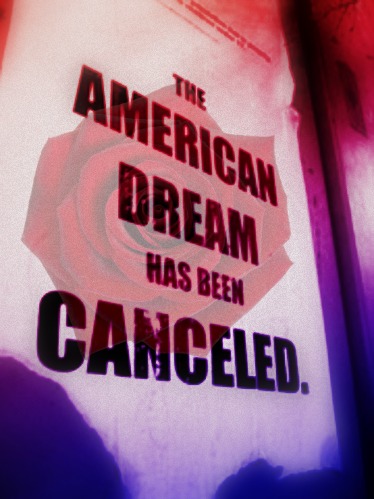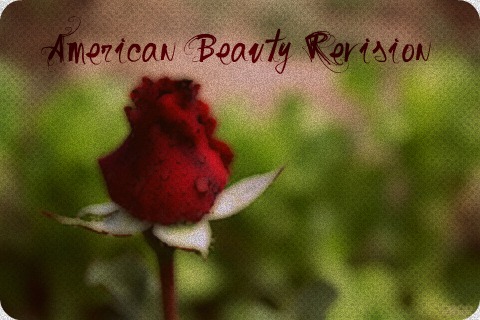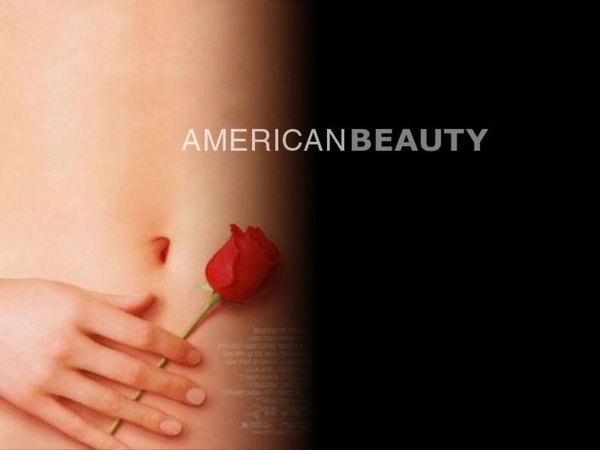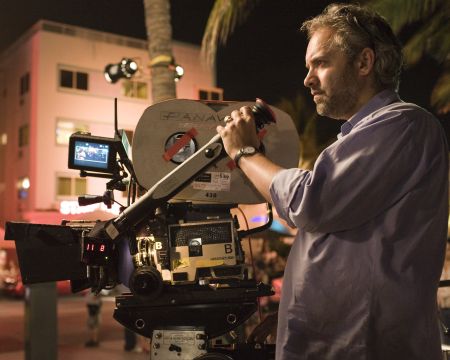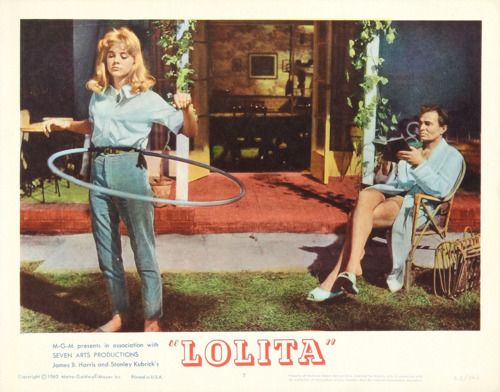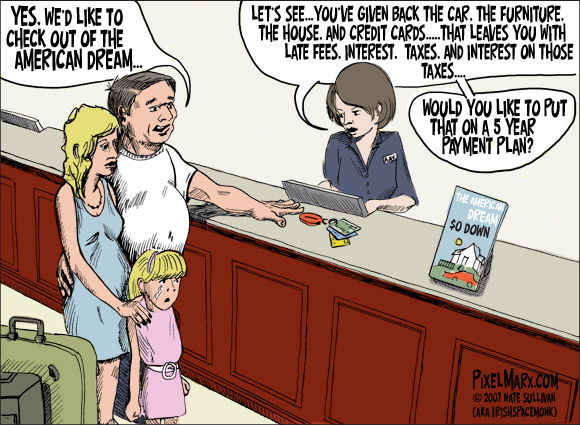I have had lots of requests for examples of visual text essays and I will put a few more up. This one is on a film we haven’t studied but it is on a question that some of you have attempted.
To what extent do you agree that films offer an insight into society (past or present)? Respond to this question with close reference to a film you have studied.
Film directors can make a point of using film and cinematography to offer an insight into society and their perceptions. The film American Beauty, directed by Sam Mendes, is an example of a crafted piece of cinematography that gives a perceptive insight into society’s ideas on beauty. This film, in the role of a suburban satire, manages to portray all the stereotypical perceptions of beauty then paint the reality of it. Watchers of American Beauty cannot fail to recognise that society and its idea of beauty is false and unrealistic.
American Beauty shows what society traditionally associates with beauty to be superficial and false. The red rose is a running motif in the film, and is closely associated with the character of Carolyn Burnham who grows them. Carolyn Burnham is a frantic, cold and miserable woman, desperate to be seen as successful and happy by those around her. The red roses are continuously in the Burnham home because they symbolise to Carolyn beauty and perfection.
This idea is matched by society’s view on the beauty of the rose. However, American Beauty makes us realise that this rose is not a symbol of beauty, but in reality a symbol of falseness. In essence it represents Carolyn and her wasted life spent trying to be successful and present an image of impossible domestic perfection. It reminds us of the manufactured roses purchased for Valentines Day: these red roses are thoughtless and false. They have no scent and are ‘mass-produced’. Thus what we initially see as a symbol of traditional beauty becomes a plastic signpost for materialism.
The tag-line of American Beauty is ‘look closer’, which immediately makes us think that the characters we perceive to be good, perfect or beautiful are not all they appear. It comments on society’s tendency to judge people on outward appearance. This is shown in the character of Angela. A blonde and popular teenager she fits in with society’s traditional ideas of beauty and femininity. She reflects on many people’s fears when she says:
“I don’t think that there’s anything worse than being ordinary.”
To see that this apparently perfect girl fears the same things we do is a shock, and installs the idea that society’s ideas on perfection and beauty are not only wrong but also impossible. No one is perfect. This is made even more apparent when Angela is contrasted with Jane, who seems at first to be plain and unremarkable. This changes as Jane becomes involved with Ricky.
Ricky likes filming things he sees to be beautiful. His ideas of beauty are not in keeping with those of society. Often he films things which most people would find repulsive, like a dead bird. For him, beauty is more than just a face value, and we often look at things form his perspective because there are sequences taken from his camera as he films it. This gives us the unique opportunity to be inside Ricky’s head.
Ricky finds Jane beautiful. We see this when his camera zooms in on Jane’s face reflected in a mirror, completely ignoring the beautiful Angela’s strip tease. As Jane becomes more confident over the course of the film she wears less make-up. In the climatic scene where Jane agrees to leave with Ricky, the falseness of Angela’s beauty is revealed. Ricky informs Angela of her worst fear, that she is completely ordinary:
“Yes, you are (ugly). And you’re boring, and you’re totally ordinary, and you know it.”
This exposes to us that society’s idea of beauty is false and at the end of the day doesn’t matter in the big scheme of things. Society thinks that beauty brings happiness, but it is apparent that Angela is incredibly insecure and uses Jane to make her feel better about herself. Thus we realise that our idea of beauty is manufactured and is so common that is becomes ordinary and boring.
American Beauty is a film that opens our eyes to the way society perceives beauty. It is insightful because we recognise that there is so much more to life than the stereotypical looks that everyone associates with happiness. The film allows us to realise that much of the uncertainty and misery in the world is caused by people trying to be an image that isn’t real but manufactured and false.
